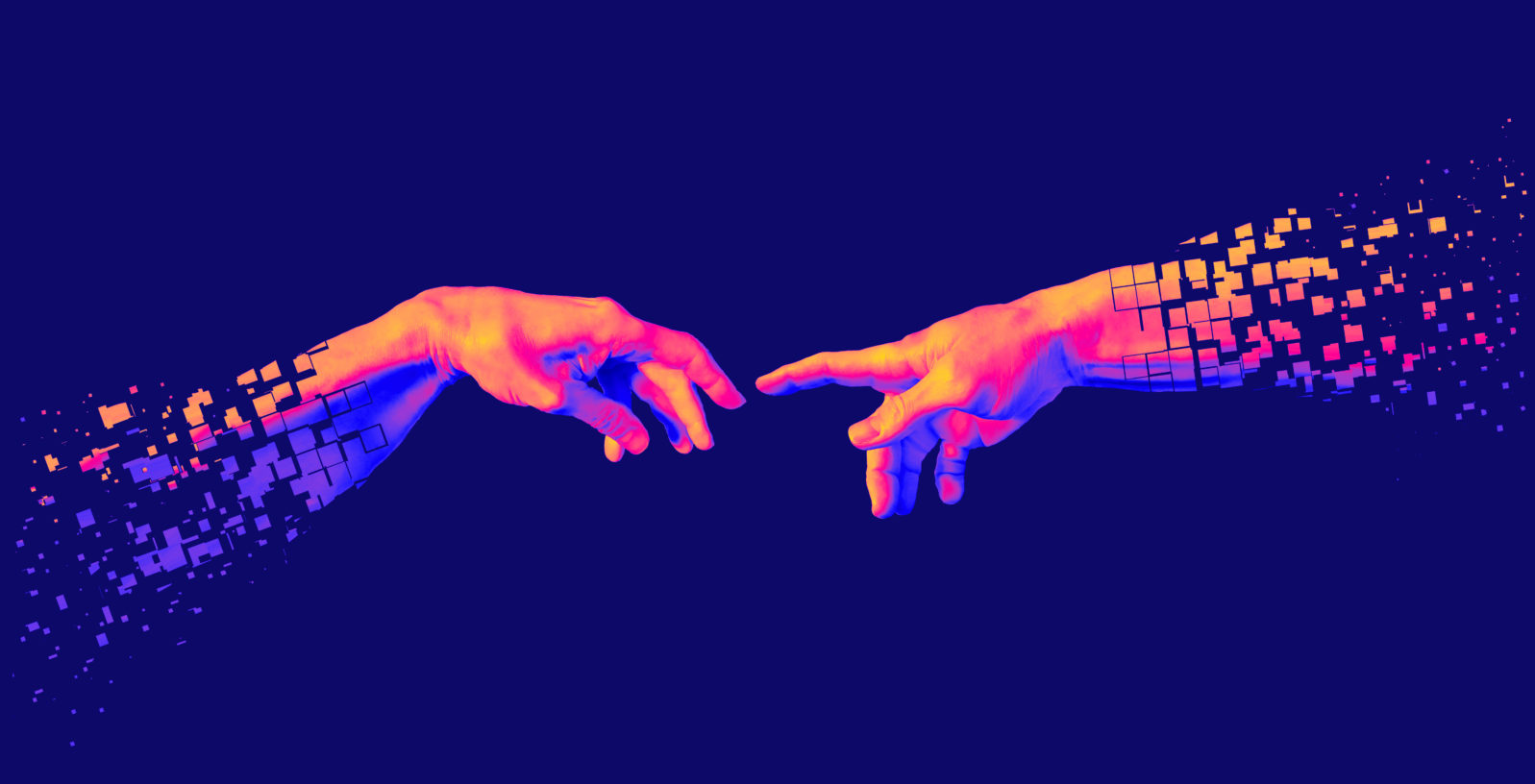What is Art Without the Human Mind?
AI art tools can wow us with technical skill, but fail to generate meaningThere’s no doubt that tools like OpenAI can create impressive, detailed renderings of images. Type in “Master Yoda riding a musk ox in Taiwan” and you’ll get…something. A friend of mine sent me a two-headed bunny dressed as Obi-Wan Kenobi and a few other comic horrors, and I knew he’d been playing around with an AI art tool.
But, it doesn’t take much reflection to feel that something important is missing in these artificially generated images. Sure, they’re detailed and colorful, and accurate. You can type in a scene and have it pop up on command. However, what do actual human artists think of these tools, and what do they essentially miss?
Artist Peter Mohrbacher gave a balanced assessment of the AI art tool “Midjourney” back in July. On the upside, Mohrbacher says some aspects of the platform can be helpful, so long as it’s “in service to making things.”
“I’m still playing with where it fits, for example, to help polish finished paintings or set ideas for new paintings. I have all this texture and material I can use to photo bash into something.”
Midjourney could be regarded as an “assistant to the artist,” adding strokes and clarity to the art or serving as a portal for inspiration. But, Mohrbacher also noted the downsides of totally stripping the human mind from the artistic process. Images unguided by the mind lack the essential ingredient to meaning: narrative. He said,
People crave something beyond just an amalgam of aesthetic styles: there must be some narrative. What was the thought behind the art? So many art purchases I see of my art are from people expressing their identity. People want to figure out what aesthetic they are. If they aren’t an artist, they find an artist that represents their aesthetic—following and purchasing them. Creators are still in the driver’s seat. The story behind the art is important, not just the technical skill.”
Mike Messnger, AI Artwork Will Change Everything: Peter Mohrbacher Shares Thoughts on Midjourney | by Mike Messenger | Medium
For Mohrbacher, people don’t just want cool-looking images, or at least not at the level of their deepest desires. We want artwork that tells a story. All the better if the artwork is technically exceptional, but without the intelligent guidance of a mind, the image is little better than a blank stare, communicating nothing.
Susannah Black Roberts, journalist and senior editor at Plough, tweeted a likeminded sentiment in response to the release of OpenAI’s ChatGPT, writing, “One thing that AI art and text can do is make us into much more rigorous enjoyers/audiences of art and text, and reconnect us to the practice of experiencing a common good with an author/artist.” She also added, “If you kinda like AI art or text and it feels like it’s communicating with you, that’s you being a bad reader/audience.”
Black Roberts and Mohrbacher seem to be insisting that art can’t be reduced to the mechanical. It is a human activity, intended to connect people and inspire emotions, desires, and thoughts that are common to all of us. It’s why Shakespeare can never be replaced by a chatbot or Michaelangelo by Midjourney.
It will be interesting to see how the debate over AI art and text tools unfolds. The idea that AI can match human artwork assumes that we are little to no different from machines. Info in, info out. Voila. But if we are not machines, but have minds capable of creativity, emotion, and storytelling, then AI can never replace us. The question is whether we will settle for the technical skill of the bots, or access our deeper longings for narrative, meaning, and connection.
